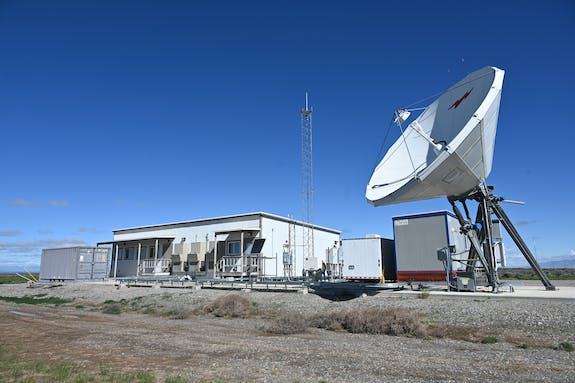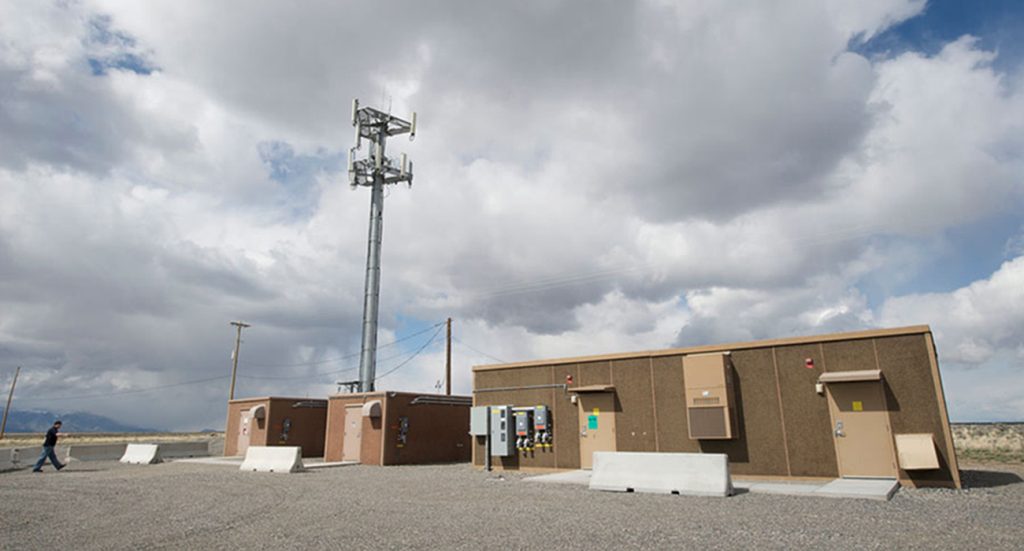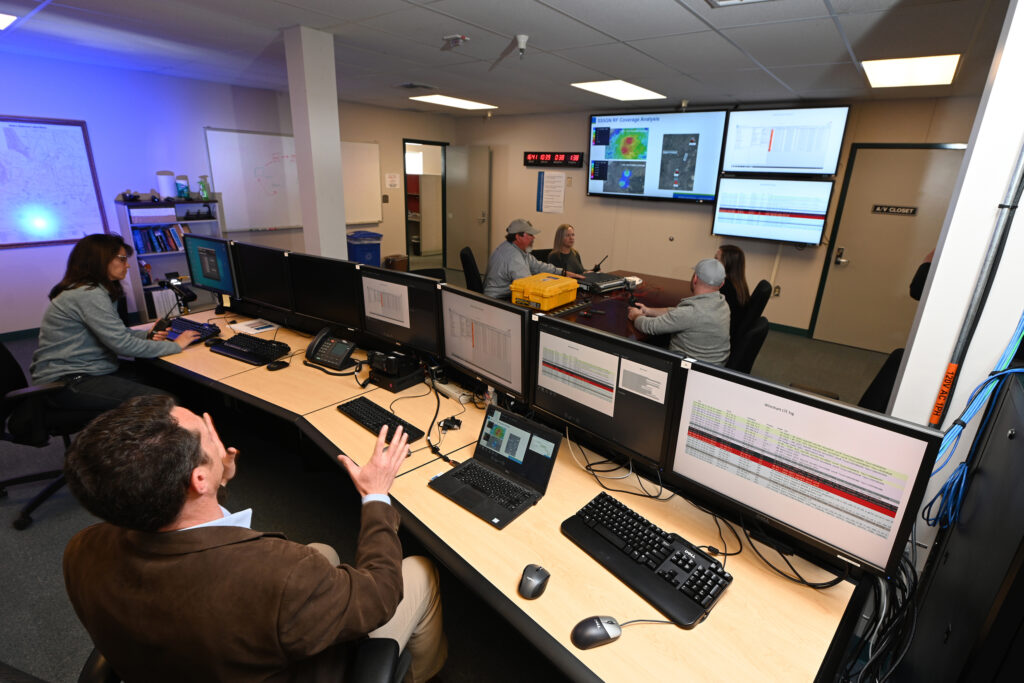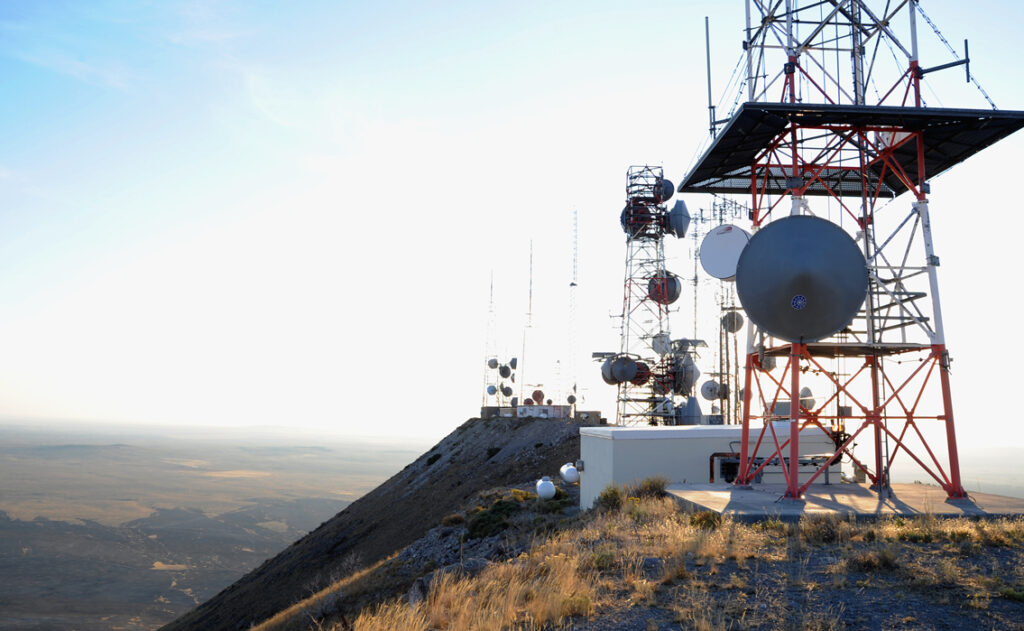Wireless Communications Research
Advancing Critical Communications And Wireless Security
If you own a cell phone, work remotely, or commute in an autonomous vehicle, the wireless spectrum is critical to your life. The spectrum is the invisible highway that allows wireless signals and data to stream across the country and around the world. How we design, use, and secure this information superhighway has major implications to national security. This is especially true as 5G and the internet of things (IoT) expands worldwide, connecting billions of devices and nodes.
For decades, INL employees have conducted research, testing and training on communications and wireless systems, including radios, cellphones and satellites. INL continues to develop award-winning and patented technologies to improve communications security and increase efficient use of the wireless spectrum.
Capabilities
Wireless Security Research
Leading and coordinating research and development in the national challenge of FutureG and beyond wireless and communications security. INL’s expertise enable industry, academia, and government to conduct:
- Real-time spectrum and network research associated with spectrum use and allocation.
- Encryption and authentication studies for secure communications adoption and deployment.
- Wireless signal propagation modeling, testing and analysis.
- Technology application studies and the development of appropriate concepts of operation.
Spectrum Innovations
Innovating mission critical solutions for wireless communications and spectrum sharing and monitoring technologies.
- Wireless RF Signal ID and Protocol Reverse Engineering (WiFIRE) is a hardware-software system that can rapidly identify authorized and unauthorized wireless communications activity in a facility or geographic area. It is also a R&D 100 Winner 2019.
- Secure mmWave Spectrum Sharing with Autonomous Beam Scheduling.
- Novel beam scheduler to improve spectral efficiency and security of spectrum sharing
Assessment and Modeling
Providing emerging wireless and telecommunications expertise and environments for testing and simulation.
INL provides industrial, commercial and academic users access to the full capacity of communications resources. With suitable sponsorship, academic institutions interested in openly published work may perform research, experimentation and testing at minimal cost.
Unmanned Aerial Vehicles (UAV) Security
Detection of Drones Connected with Commercial Cellular
- Identifying network signatures generated by cellular drones
5G mmWave cellular network for operating drones. - Secure communications for control of drone swarms with increased spectral efficiency and reliability.
Wireless Test Range – INL’s Idaho Falls Campus and Site locations offers state-of-the-art facilities equipped with secure office and meeting space, conference rooms and configurable laboratories.
Over 150,000 square feet of laboratory space is dedicated to OT cybersecurity, grid and wireless security, and infrastructure resiliency. Assets include:
- An 890 square mile desert Site with scaleable test ranges and an unmanned aerial runway.
- A supervisory control and data acquisition (SCADA) systems laboratory with remote industry and academic access for security research.








